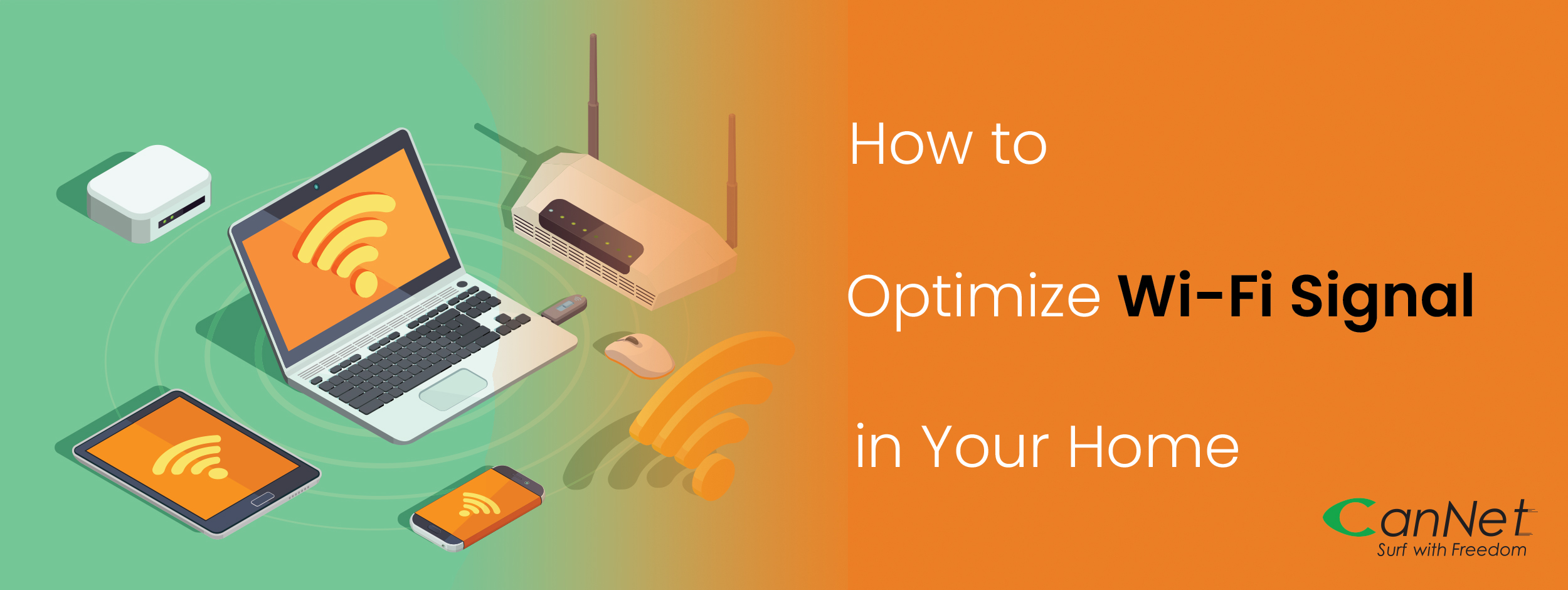Maximizing Wi-Fi Network Performance: Tips for Optimal Connectivity
Wi-Fi signals are transmitted wirelessly from a router or access point to enable devices to connect to the internet and local networks. These signals are affected by various factors, and understanding these factors is crucial for optimizing your wireless network's performance.
A Wi-Fi extender, also known as a Wi-Fi repeater or range extender, can help extend your network's coverage.
It works by receiving the existing Wi-Fi signal from your router and re-broadcasting it to reach areas that were previously out of range or had weak signal strength. The extender functions as a bridge between your devices and the main router, ensuring seamless connectivity as you move throughout your home or office.
Here are some common factors that can influence Wi-Fi signals and impact their quality:
- Distance from the Router: The farther you are from the Wi-Fi router, the weaker the signal will be. Signal strength typically decreases with distance.
- Physical Obstacles: Physical objects like walls, floors, furniture, and appliances can block or attenuate Wi-Fi signals. Materials like concrete and metal are particularly effective at reducing signal strength.
- Interference: Interference from other electronic devices operating on the same frequency can disrupt Wi-Fi signals. Common sources of interference include microwave ovens, cordless phones, baby monitors, and neighbouring Wi-Fi networks.
- Channel Congestion: Wi-Fi routers operate on different channels within the 2.4 GHz and 5 GHz frequency bands. If many nearby routers use the same or overlapping channels, it can cause interference and reduced performance.
- Signal Reflection and Refraction: Wi-Fi signals can bounce off surfaces and reflect or refract around objects, creating complex signal patterns that may result in dead spots or interference.
- Network Load: The number of devices connected to the network and the data being transferred can affect signal quality. Overloaded networks may experience reduced speeds or connectivity issues.
- Signal Interference from Neighbors: If multiple Wi-Fi networks in your vicinity use the same channel, it can lead to co-channel interference. Changing your router's channel settings can help mitigate this issue.
- Router Placement: The location of your Wi-Fi router is crucial. Placing it in a central location within your home or office can help ensure even coverage. Routers with external antennas should be positioned for optimal signal propagation.
To optimize your Wi-Fi network and ensure a fast, reliable, and stable wireless connection, consider implementing the following strategies:
Position Your Router Appropriately:
- Place your router in a central location within your home or office. This helps ensure even coverage throughout the space.
- Elevate your router to a higher position, like a shelf or wall, for better signal propagation.
Minimize Physical Obstacles:
- Keep the router away from physical obstructions such as walls, floors, furniture, and metal objects, which can block or weaken Wi-Fi signals.
Use the 5 GHz Band:
- If your router supports both 2.4 GHz and 5 GHz bands, use the 5 GHz band for less interference and faster speeds. The 5 GHz band is less crowded and better suited for activities like streaming and online gaming.
Update Router Firmware:
- Regularly check for and install firmware updates for your router. Manufacturers release updates to improve performance, security, and reliability.
Optimize Your Wi-Fi Channel:
- Choose an appropriate Wi-Fi channel for your router to reduce interference from neighbouring networks. You can do this through your router's settings.
Use Quality Equipment:
- Invest in a high-quality router that supports the latest Wi-Fi standards (e.g., Wi-Fi 6) for improved performance and coverage.
Network Security:
- Secure your Wi-Fi network with a strong password and encryption (WPA3 is the latest standard). This prevents unauthorized access and helps maintain network integrity.
In conclusion, optimizing your Wi-Fi network is crucial for ensuring a fast, stable, and reliable wireless connection. By following the steps and best practices mentioned earlier, you can enhance the performance of your Wi-Fi network and address common issues such as signal interference, dead spots, and slow speeds.
Positioning your router strategically, using the right Wi-Fi band, securing your network, and managing connected devices are key elements in creating an efficient network.
Additionally, utilizing advanced features like Quality of Service (QoS) and network monitoring can help you prioritize traffic and identify bandwidth-hungry devices. Whether you're using a standard router or considering a Wi-Fi extender or mesh network, these strategies will help you make the most of your Wi-Fi, ultimately providing a better online experience for all your devices and activities.

